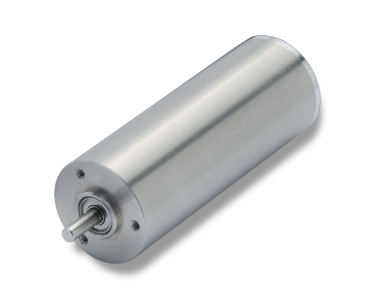
The advantages of automation in medical diagnostics

Technology in the fields of life sciences and medicine is constantly evolving. New manufacturing techniques have made it possible to make more effective therapies, and advances in research have led to more cost-effective solutions to conditions that were once considered too expensive to treat.
One of the most interesting aspects of the evolution of medical technology is the constantly increasing involvement of automation in various medical operations, particularly in diagnostics.
Back then, essential diagnostic procedures relied on manual procedures. While conventional methods were successful to a certain degree, they are hampered by certain limitations.
For instance, manual testing of specimens is slow and prone to mistakes caused by poor human judgment. Automation helps get rid of these limitations to achieve more accurate results in less time.
Speed and precision through automation
Time is a very important resource when it comes to diagnostics. This is especially true for patients that are facing serious illnesses.
A delay in the diagnostic process puts the patient at risk of the illness getting worse the longer it remains undiagnosed.
However, trying to hurry up the process also makes it more likely for medical professionals to come up with inaccurate results.
To ensure proper diagnosis, the technology used to automate diagnostic processes must be able to deliver both speed and precision.
Different motion solutions afford robotic equipment a wide range of motion, while high-performance brushless DC motors provide just the perfect balance of accuracy, speed, and power.
The top-of-the-line hardware is programmed to perform tasks with as little margin for error as possible.
What to expect from automation
We already established that automation provides better speed and precision, but what exactly does it mean for life sciences and diagnostics?
Here’s a quick rundown of what people can expect from automated robots in the medical field.
1. More affordable treatment: It’s a lot easier (and affordable) to treat illnesses before they cause serious damage to the patient’s body. Because diagnosis is faster and more accurate with automation, doctors will be able to recommend the right medicine to patients before illnesses require more expensive treatment options.
2. Safer solutions: More accurate diagnosis means there’s a lower risk of complications associated with patients receiving ineffective or incorrect treatment. Automation helps in making sure that doctors don’t have to second-guess their recommendations, and patients can rest easy knowing that they will always receive the treatment they need.
3. More patients treated: By reducing the time it takes to complete a diagnosis, the laboratory can perform more tests. With the right automated equipment, it’s possible to diagnose the conditions of more patients, which leads to more treatments within a set amount of time.
4. Longer-lasting equipment: Manual diagnostic processes are very prone to getting equipment damaged. Test tubes and pipettes might get accidentally dropped or samples could be contaminated if handled incorrectly. Robots used for automating diagnostic processes work with very little – if any – deviations to their tasks, which means they are less likely to get subjected to unexpected scenarios that can lead to equipment damage.
5. Less risk of lawsuits: A huge percentage of medical malpractice is caused by improper diagnosis. Through automation’s more accurate results, healthcare organizations and medical professionals are less likely to administer the wrong treatment, sparing them the threat of expensive lawsuits and a negative reputation that might turn away other patients.
Advanced automation solutions for diagnosis and life science research already exist, but it only marks the beginning of something greater.
Given enough time, automation will have an even bigger role in diagnostic tests, which will be even more impressive than how things are today.
Promoted



